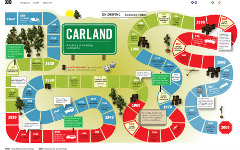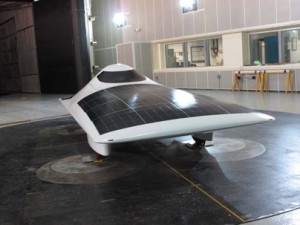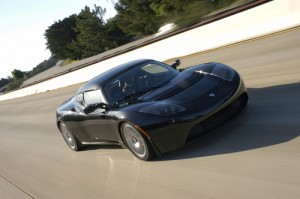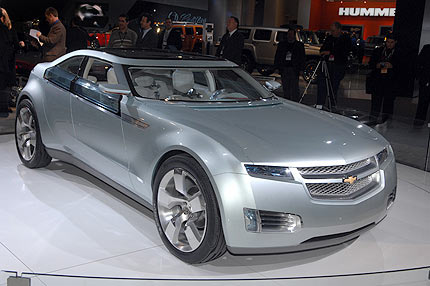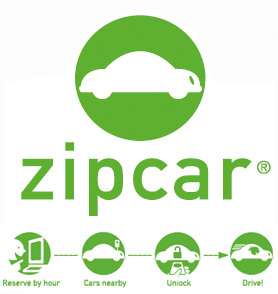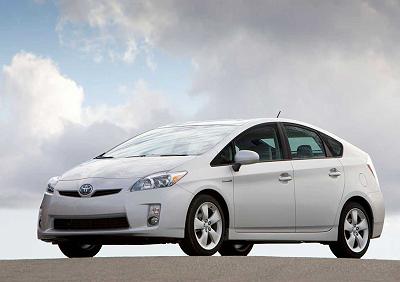Yesterday afternoon the Obama administration released a proposal for new CAFE standards of 35.5 miles per gallon by 2016, up from the current 27.5 MPG. Soon the average automobile may finally get significantly better mileage than the Model T. Still, under these regulations, cars sold on the American market in 2016 will consume use more gas than Chinese cars from 2005! It is worth noting though, that since Ford’s time vehicle safety has improved, and most drivers have ridiculous amounts of horsepower to spare.
The 250 grams per mile of carbon dioxide limit the proposal puts forth is not a restriction at all. This comes to 19.42 pounds per gallon for 35.5 MPG vehicles, the same quantity of emissions as the EPA currently reports for a gallon of gasoline. In other words, at its current value it is redundant, and simply another way of saying 35.5 MPG. However, this needn’t be the case if gasoline formulations were to change.
Lastly, here’s some coverage of events leading up to the announcement, and some interesting graphs of DOT and EIA fleet fuel economy; this is real-world MPG, and is therefore affected by driving practices, weather, etc.

